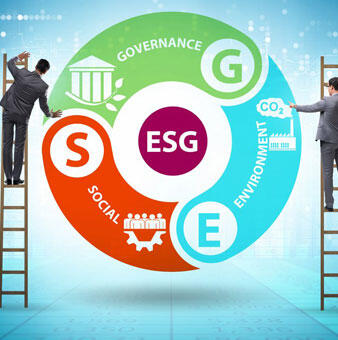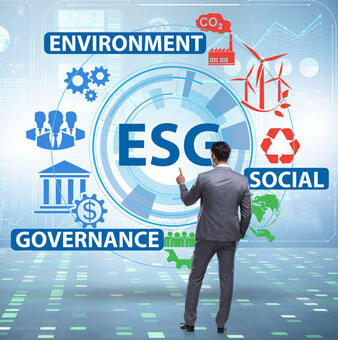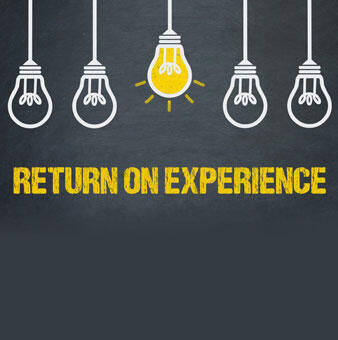
The IIA has learned from over 75 years of experience that Internal Auditors can get too comfortable doing the same thing year after year, decade after decade. The world changes, organizations change, risks change – and Internal Audit should adapt, too. The IPPF includes a requirement for a periodic Quality Assurance Review (QAR) of the Internal Audit function, including a periodic external review – recommended no less than once every five years. This is so Internal Audit can instill more confidence in the Board that they are directing their attention to the issues that matter.
The IIA’s Environmental, Health & Safety (EHS) Audit Center provides benefits to IIA members in the ESG space. EHS auditors should abide by the IPPF – including the QAR provision. Many organizations’ EHS audit programs remain rooted in mitigating risk of agency enforcement. EHS audit program leaders have largely kept up with new laws and regulations, adopted new technology, and maintained audit skills. However, in this “second line” EHS audit function, few EHS audit programs have procured an independent QAR. The design of many EHS audit programs date back decades – the world has changed a lot since then!



ESG audit programs can demonstrate value – and attain their “seat at the table” by adopting practices done by other types of audits. ESG audits are commonly “second line” functions, per the IIA’s Three Lines of governance model (formerly “Three Lines of Defense”). The IIA’s IPPF has long included the requirement for periodic independent QARs. This independent insight provides comfort to the Boards that Internal Audit has been exposed to other perspectives on risk and risk mitigation practices for the benefit of the organization. Internal Audit functions risk settling into a rut without this independent perspective. Second line audit activities – including ESG audit programs – have not embraced this practice, but they should.
QARs provide value, regardless of the level of maturity of the ESG audit program. Environmental compliance audits have been around for nearly 40 years. Programs, plans, checklists, and IT platforms have grown up to support them. Other ESG audit programs are relatively new, such as ESG provisions in supply chains. DHC believes that other ESG risks should be audited with more regularity and rigor than they are now. In particular, companies’ ESG disclosures in financial filings (often following SASB guidelines), are important to stakeholders. Shouldn’t stakeholders have confidence that they’re reliable? DHC considers the relative maturity of the ESG audit program in conducting QARs.